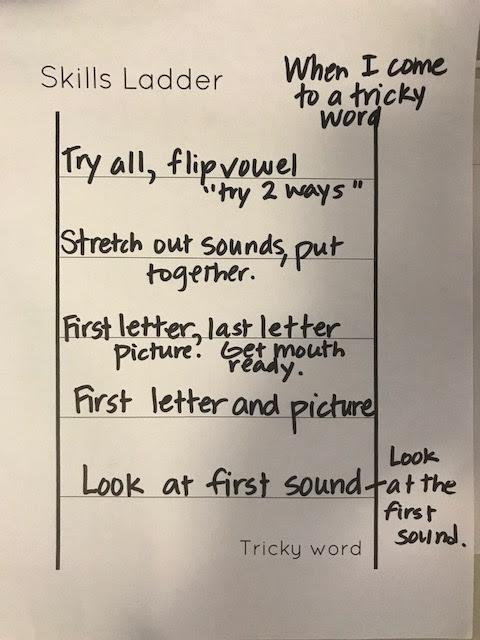Shanna Schwartz’s book Making Our Teaching Stick is one of our favorite teeny tiny books. Year after year, we found ourselves reading this book again and again. Shanna is a consultant and staff developer for TC who travels all over the world presenting workshop ideas to teachers. She found that time after time teachers kept asking her what can I do, to make my teaching stick?
Tiny Tale
We have all been there in our teaching. You teach a beautiful lesson on Monday and when you return to it on Tuesday everyone in the class is confused. It’s like they never heard anything before. Written for workshop teachers, Shanna clearly lays out important principles and practices that help make our teaching sticky.
Shanna’s stickiness principles:
• Children learn when they are ready to learn.
We learn best in our zone of proximal development. This means the child can almost do something independently but benefits from a little adult support. Shanna introduces the concept of skill ladders. How can we look at a skill we want to teach a child and think about the steps it takes to get them to the goal. We often have to provide heavy scaffolds at first and over time, release scaffolds as children move towards those skills.
 |
This is an example of a skills ladder. The child is learning what to do when they come to a tricky word.
Starting at the bottom, the first thing we would tell the child to do is to look at the first sound.
• Students learn best when they are engaged and active in their learning.
Telling stories, adding role-playing and putting gestures in our lessons help students get their bodies and minds ready. We think this comes naturally, to most teachers. Kids love to hear stories about your family or dog or hobbies. When we think of the units of study the mini-lesson always begins with some kind of story.
• We need to give student reminders of what was taught.
When teaching something new, the teacher can create anchor charts. Shanna gives excellent examples of different kinds of physical representation, you can create in your classroom and the why behind this work.
 |
| Laura's classroom anchor chart for nonfiction reading |
• Children love and learn through repetition.
Shanna stresses the importance of providing opportunities for students to approximate and accumulate greater and greater understanding. Sometimes we can get stuck on wanting kids to get it right. Shanna reminds us of the importance of approximations and how we need to see that these are signs that kids are growing.
When we think about our personal journey when learning something new, it takes time and we often make mistakes. Next week, we will be digging deep into Shanna’s first principle of making our teaching stick Children Learn When They are Ready to Learn. We hope to share stories of how we are finding ways to implement Shanna’s principles in our workshop.
Happy Monday!
melissa & laura & jess
P.S. Big thank you to Susan who bought me this book!!



Hi there. I LOVE your blog and am so inspired by your ideas. I am just wondering what font you use for the poster above ( How to get super smart about nonfiction topics) Thanks!
ReplyDelete